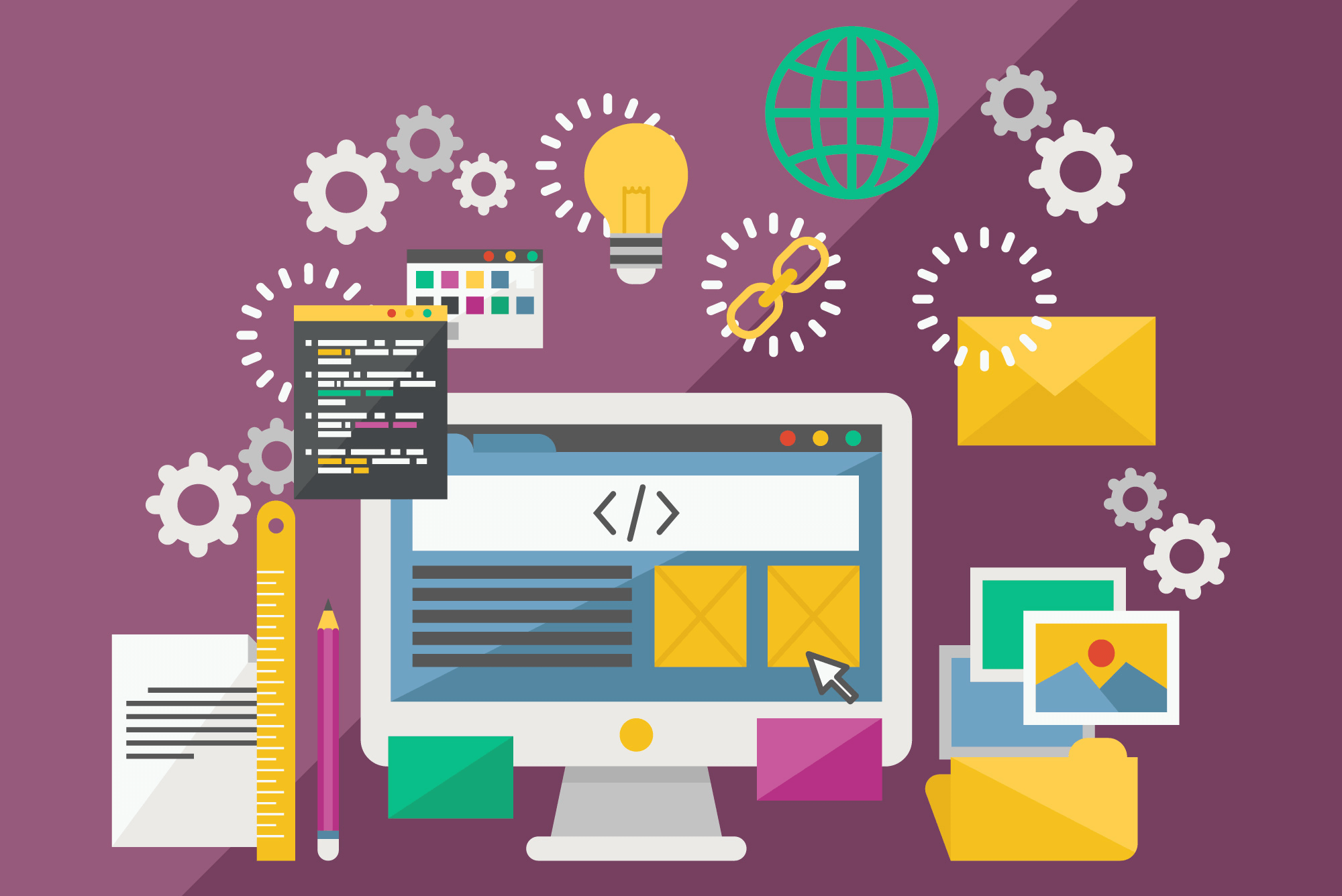Introduction
In the fast-paced world of web design, having the right tools can make all the difference. Whether you’re a seasoned professional or just starting, the choice of web design software plays a crucial role in bringing your creative visions to life. Let’s dive into a comprehensive exploration of some of the best web design software available today.
Canva – A Design Powerhouse
Canva, with its intuitive interface and a vast library of design elements, stands out as a design powerhouse. Whether you’re creating social media graphics, presentations, or marketing materials, Canva’s versatility makes it a top choice for designers of all levels. The platform’s user-friendly features empower users to unleash their creativity effortlessly.
Marvel – Streamlining the Design Process
Marvel takes the spotlight for its collaborative design features. The platform’s prototyping capabilities and seamless user experience make it a go-to choice for teams working on design projects. Marvel doesn’t just create designs; it streamlines the entire design process, enhancing team communication and project efficiency.
Justinmind – Tailoring Designs with Precision
For those seeking precision in design, Justinmind is a top contender. With advanced prototyping and wireframing features, Justinmind caters to both beginners and advanced designers. The platform’s focus on detailed design elements allows users to tailor their creations with unmatched precision.
Framer – Elevating Interactive Designs
Framer stands out for its emphasis on interactive design. From animations to intricate interactions, Framer empowers designers to create engaging user experiences. The platform’s capabilities extend beyond static designs, adding a layer of interactivity that captivates users and brings designs to life.
Adobe Dreamweaver – The Industry Standard
In the realm of web design, Adobe Dreamweaver remains an industry standard. Its robust features cater to both beginners and seasoned professionals, offering a seamless integration of coding and design. Dreamweaver’s reputation as a powerful design tool is well-earned, making it a staple for many web designers.
Zeplin – Bridging the Gap between Design and Development
Zeplin plays a crucial role in bridging the gap between design and development. Designers and developers collaborate seamlessly using Zeplin, thanks to its features for exporting design assets and streamlining the handoff process. This tool is essential for ensuring a smooth transition from design to development.
Webflow – Empowering Designers with Code-Free Tools
Webflow takes a revolutionary approach with its code-free design environment. Designers can visually create responsive websites without delving into code. The platform’s emphasis on empowering designers and its e-commerce capabilities make it a standout choice in the world of web design.
Google Web Designer – Optimizing for the Web
Google Web Designer focuses on optimizing designs for the web. With HTML5-based features, this tool enables designers to create interactive and engaging content. Its compatibility with Google Ads makes it a valuable asset for those working on online advertising campaigns.
Designmodo – Simplifying the Design Workflow
Designmodo simplifies the design workflow with its design system and workflow tools. From responsive design features to creating consistent and scalable designs, Designmodo caters to the needs of designers looking for efficiency and simplicity in their workflow.
Making the Choice: Factors to Consider
Choosing the right web design software involves considering several factors. The specific needs of your projects, your level of expertise, and the collaborative requirements of your team all play a role. It’s essential to weigh these factors to make an informed decision that aligns with your goals.
User Reviews and Experiences
To provide a real-world perspective, let’s dive into user reviews and experiences with these web design tools. Hearing from those who have used the software in practical settings can offer valuable insights into their effectiveness and usability.
Future Trends in Web Design Software
The world of web design is ever-evolving. What can we expect in the future of web design software? Emerging trends indicate a focus on enhanced collaboration features, AI integration, and even more intuitive design interfaces. Staying informed about these trends can help designers stay ahead in the dynamic field of web design.
Conclusion
In conclusion, the world of web design is rich with diverse and powerful tools. Whether you’re a designer focused on precision, collaboration, or interactive design, there’s a tool tailored for you. Each software discussed brings its unique strengths to the table, catering to the varied needs of the design community. It’s an exciting time to be a designer with such a plethora of options at your fingertips.
GML Soft Labs’ status as the Best Web Design and Development Company in Chennai is well-earned. The company’s dedication to excellence, innovative approach, and commitment to client satisfaction make GML a standout choice in a competitive industry. For businesses seeking a partner to elevate their digital presence, GML Soft Labs is the answer.
FAQs
- Is Canva suitable for professional graphic design work?
- Yes, Canva is widely used for professional graphic design, offering a user-friendly interface and a plethora of design elements.
- What makes Adobe Dreamweaver an industry standard?
- Adobe Dreamweaver is considered an industry standard due to its powerful features that seamlessly integrate coding and design for web development.
- How does Zeplin facilitate collaboration between designers and developers?
- Zeplin streamlines collaboration by providing features for exporting design assets and ensuring a smooth handoff process between design and development teams.
- Can beginners use Webflow’s code-free design approach?
- Absolutely, Webflow’s visual development environment is designed to be user-friendly, catering to both beginners and experienced designers.
- What are the future trends in web design software?
- Future trends include enhanced collaboration features, integration of AI, and more intuitive design interfaces to meet the evolving needs of designers.
 seolounge
seolounge
